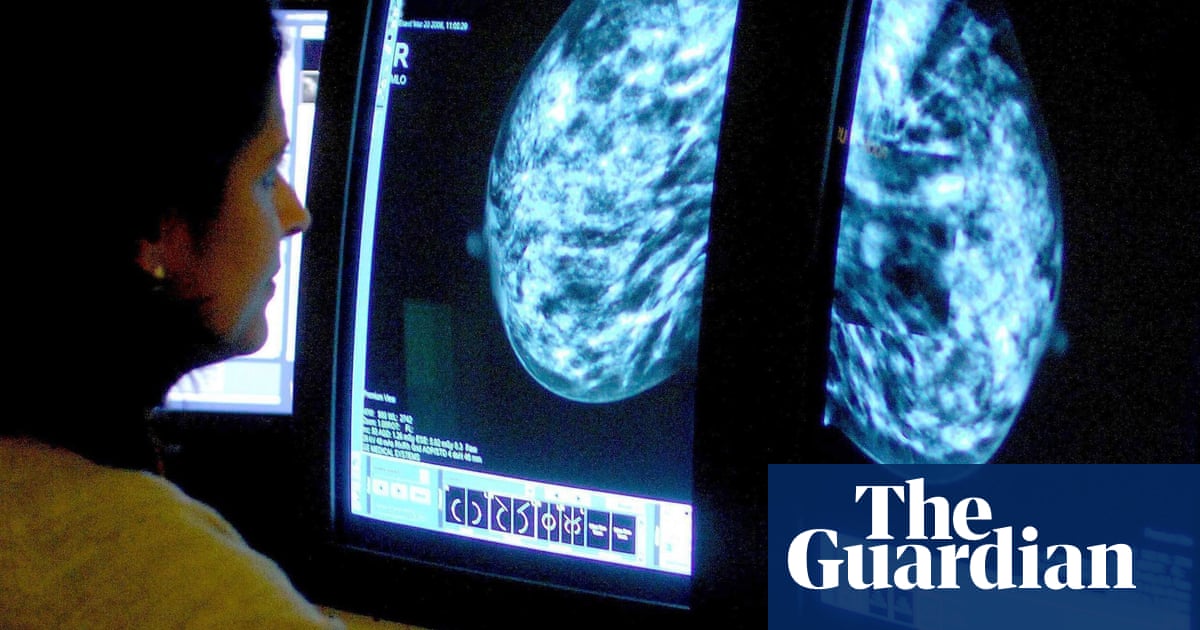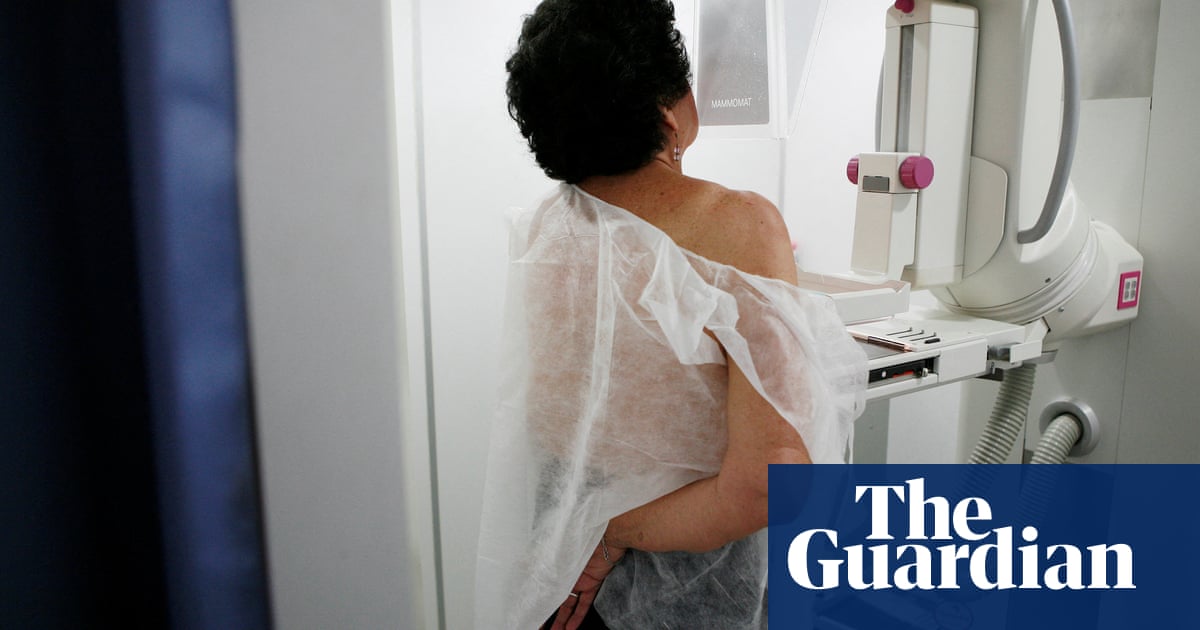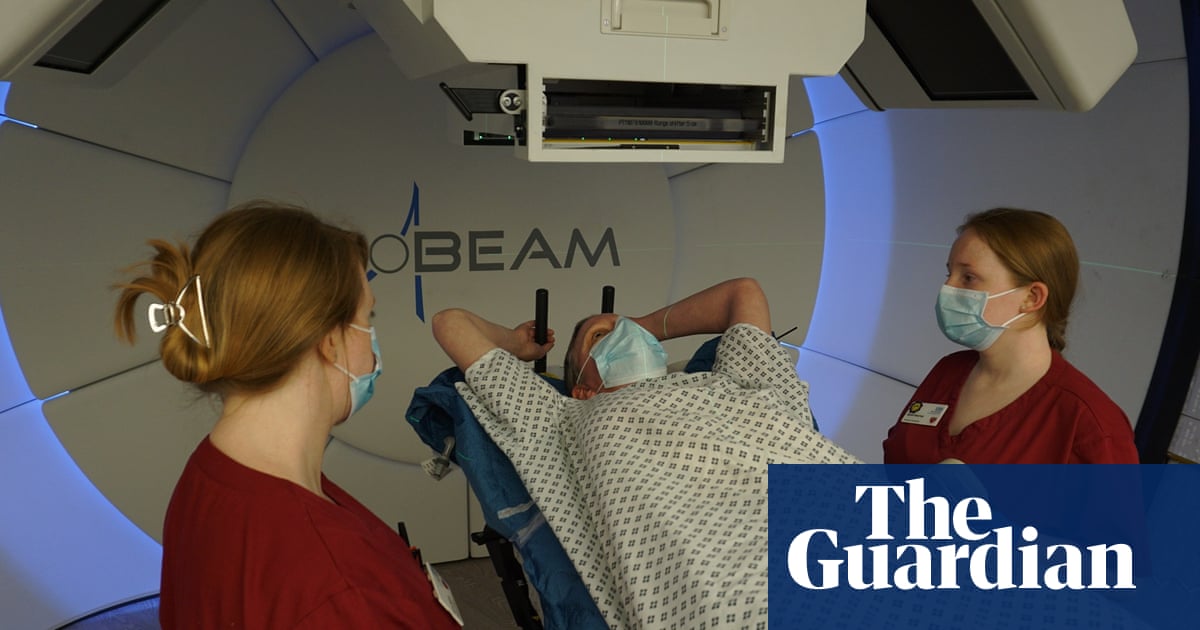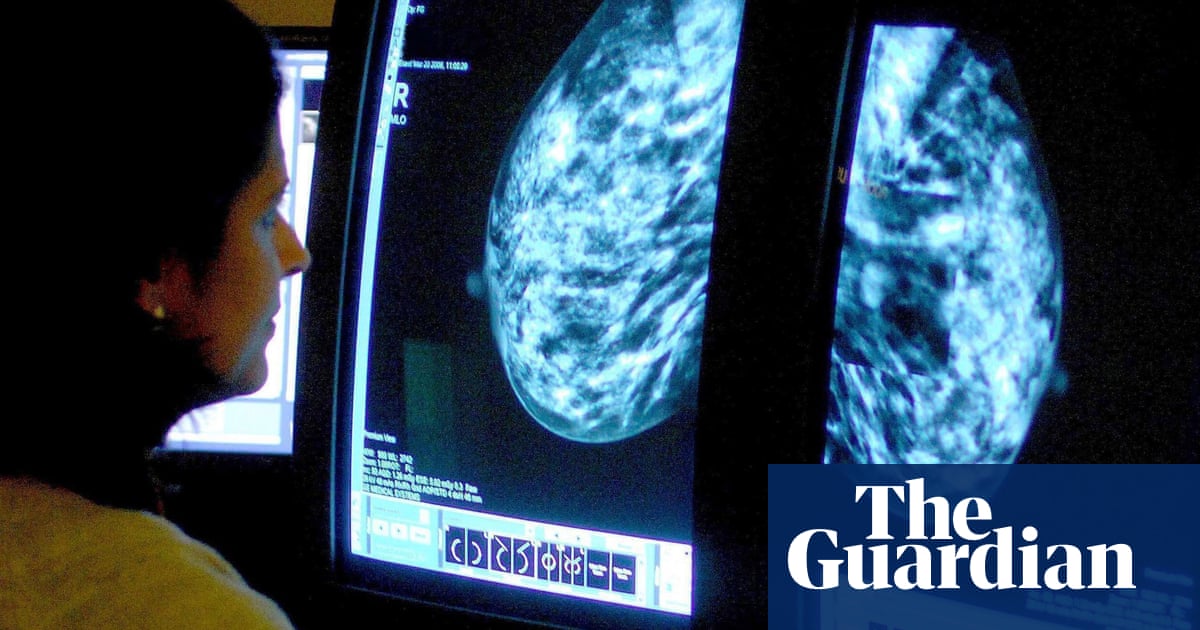
Doctors have developed an artificial intelligence tool that can predict which breast cancer patients are more at risk of side-effects after treatment.
Worldwide, 2 million women are diagnosed every year with the disease, which is the most common cancer in females in most countries.
Greater awareness, earlier detection and a wider range of treatment options have improved survival rates in recent years, but many patients will experience often debilitating side-effects after treatment.
An international team of medics, scientists and researchers have designed an AI tool that can indicate how likely a patient is to experience problems after surgery and radiotherapy. The technology, being trialled in the UK, France and the Netherlands, could help patients access more personalised care.
“Thankfully, long-term survival rates from breast cancer continue to increase, but for some patients, this means having to live with the side-effects of their treatment,” said Dr Tim Rattay, a consultant breast surgeon and associate professor at the University of Leicester. “These include skin changes, scarring, lymphoedema, which is a painful swelling of the arm, and even heart damage from radiation treatment.
“That’s why we are developing an AI tool to inform doctors and patients about the risk of chronic arm swelling after surgery and radiotherapy for breast cancer. We hope this will assist doctors and patients in choosing options for radiation treatment and reduce side-effects for all patients.”
The AI tool was trained to predict lymphoedema up to three years after surgery and radiotherapy using data from 6,361 breast cancer patients. Patients found to be at a higher risk of arm swelling could be offered alternative treatments or additional support during and after treatments.
Dr Guido Bologna, associate professor at the University of Applied Sciences and Arts of Western Switzerland in Geneva and co-investigator on the project, said: “The final, best-performing model makes predictions using 32 different patient and treatment features, including whether or not patients had chemotherapy, whether sentinel lymph node biopsy under the armpit was carried out, and the type of radiotherapy given.”
The AI tool correctly predicted lymphoedema in an average of 81.6% of cases and correctly identified patients who would not develop it in an average of 72.9% of cases. The overall predictive accuracy of the model was 73.4%.
“Patients identified at higher risk of arm swelling could be offered additional supportive measures, such as wearing an arm compression sleeve during treatment, which has been shown to reduce arm swelling in the long term,” said Rattay. “Clinicians may also use this information to discuss options for lymph node irradiation in patients, where its benefit may be fairly borderline.”
Speaking at the European Breast Cancer Conference in Milan, Rattay said the technology was “an explainable AI tool, which means that it shows the reasoning behind its decision-making.
“This makes it easier not only for doctors to make decisions, but also to provide data-backed explanations to their patients,” he added.
The research team hopes to enrol 780 patients as part of a clinical trial called the Pre-Act project, who will be followed up for a period of two years. They are also developing the tool to predict other side-effects, including skin and heart damage.
Dr Simon Vincent, director of research, support and influencing at Breast Cancer Now, said ways to improve treatments were urgently needed. “This exciting project will explore whether using AI could enable people with breast cancer to receive more personalised care and support that helps minimise side-effects, such as chronic arm swelling, after surgery and radiotherapy.
“This research is in its early stages and more evidence is needed before we can consider whether or not the AI tool could be used in medical settings, and we look forward to seeing results from the trial.”
In other developments at the conference, researchers from Italy found that using combined positron emission tomography-magnetic resonance imaging (PET-MRI) scans enabled doctors to spot that a breast cancer patient’s tumour had begun to spread. That meant they could benefit from alternative treatment, such as chemotherapy or a different type of surgery.
Meanwhile, researchers from the Netherlands said young breast cancer patients given a low-dose boost of radiotherapy to where their tumour was removed, in addition to whole breast radiotherapy, remained free of local recurrence after 10 years.












